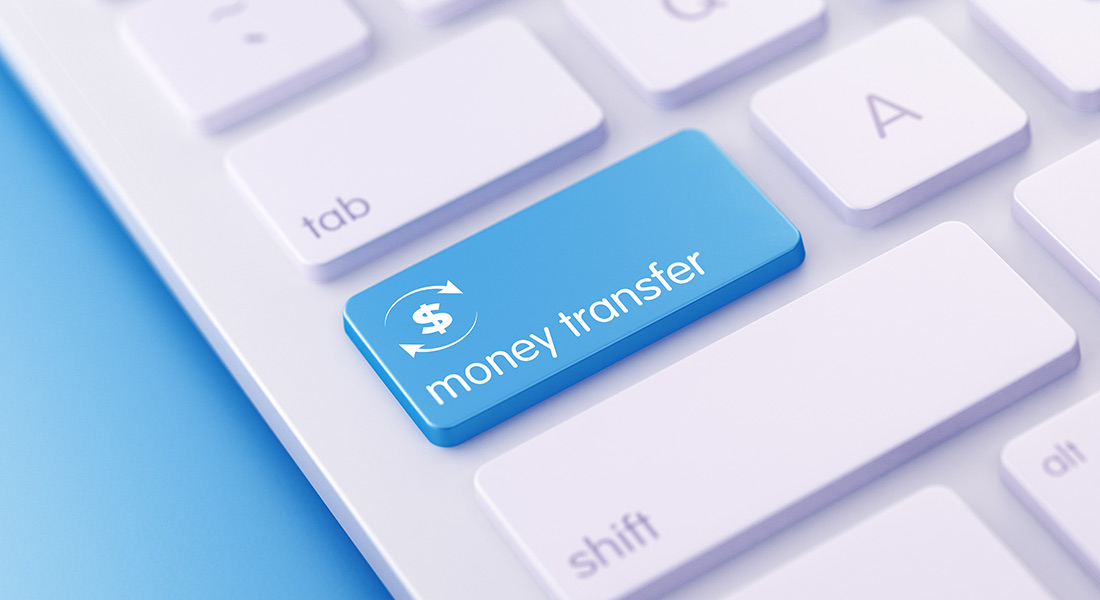Estimated reading time: 4 minutes
Paying your small business’s bills on time is an important habit that presents several benefits. It can save you money, improve your business credit score and help you obtain business funding at a favorable rate down the road. And, let us not forget your employees. They expect to receive their paychecks on the day(s) they are due each month. You can pay your bills and employees on time by transferring funds electronically on the Automated Clearing House (ACH) network.
If you want to learn how ACH transfers work, this Balboa Capital blog is for you. It features all the information you need about ACH transfers and tips on setting up an ACH account so you can start sending and receiving payments.
History of the ACH.
According to the National Automated Clearing House Association (Nacha®) website, the evolution of electronic payments dates back to 1968, when the Special Committee on Paperless Entries (SCOPE) was formed to evaluate the technology used to clear paper checks and determine if it could handle the volume that was soaring each year. SCOPE’s findings and the results of a comprehensive research study sponsored by the American Bankers Association® led to the development of our nation’s first ACH associations and network in the 1970s.
Over the years, the capabilities of the ACH expanded when new advances in computer and telecommunication technology were introduced. For example, the launch of the Internet took ACH payments to an entirely new level. The ACH is run by NACHA® and serves over 10,000 financial institutions nationwide.
Benefits of ACH payments.
Thanks to the ACH, the days of filling out checks, stuffing envelopes, buying stamps, and hoping that your mail arrives on time are over. Instead, the ACH makes paying bills and transferring money to your vendors or suppliers a snap. In addition, you can set up your ACH to receive scheduled payments from your customers, such as installment payments or monthly subscription plans over a set period. This eliminates calling your customers and sending reminder letters if they forget to send their payments via regular mail. You can even use your ACH to deposit money into your employees’ bank accounts on payday.
Next, business-to-business ACH payments are usually less expensive than credit and debit card payments. The reason is the card network does not process ACH payments. You will not have to pay interchange rates and other card company fees. There might be nominal fees depending on the ACH service provider you use and the guidelines of the banks or other financial institutions that help facilitate the transaction. This is welcome news if you are tired of paying higher fees for your company’s debit card or credit card transactions.
Lastly, ACH payments have speedy processing times. ACH debit transactions are typically processed in one business day, and ACH credit transactions are processed in a couple of business days. Please note that submitting an ACH payment on a weekend or a holiday can add a day or two to the transfer process.
How to set up your ACH account.
Setting up your ACH account is simple. The first step is to contact a representative at your bank and ask if they facilitate ACH transactions in-house or with third-party ACH providers. If they do either, find out how much they charge for processing transactions and get any additional costs and fees in writing. These might include setup fees, monthly fees, return fees, chargeback fees, and fees for same-day processing. It is worth noting that some banks and ACH providers do not charge for recurring billing.
Once you have decided on a bank or a third-party ACH provider, you will need to complete paperwork that asks for information about your small business. You will also be asked to provide several business-related documents, such as a business certificate, bank statement, bank account number, routing number, and copies of your identification. When you are set up and ready to begin, a representative from your bank or third-party ACH provider will show you how to run ACH payments on a one-time or recurring basis. You will find this to be very easy and similar to paying your bills online.
Accepting ACH payments.
ACH is geared towards small businesses that want to offer their customers the cost savings and convenience of regularly scheduled payments. These include subscription-based businesses (e.g., cloud software and home meal delivery), real estate/rental companies, and businesses that require monthly or quarterly fees (e.g., yoga studios and home maintenance). If you have customers currently making recurring payments to your business, ACH might be a viable and well-received option. Your bank or third-party ACH provider can walk you through the setup process.
Balboa Capital, a Division of Ameris Bank, is not affiliated with nor endorses the National Automated Clearing House Association or the American Bankers Association. The opinions voiced in this material are for general information only and are not intended to provide specific advice or recommendations for any individual.
